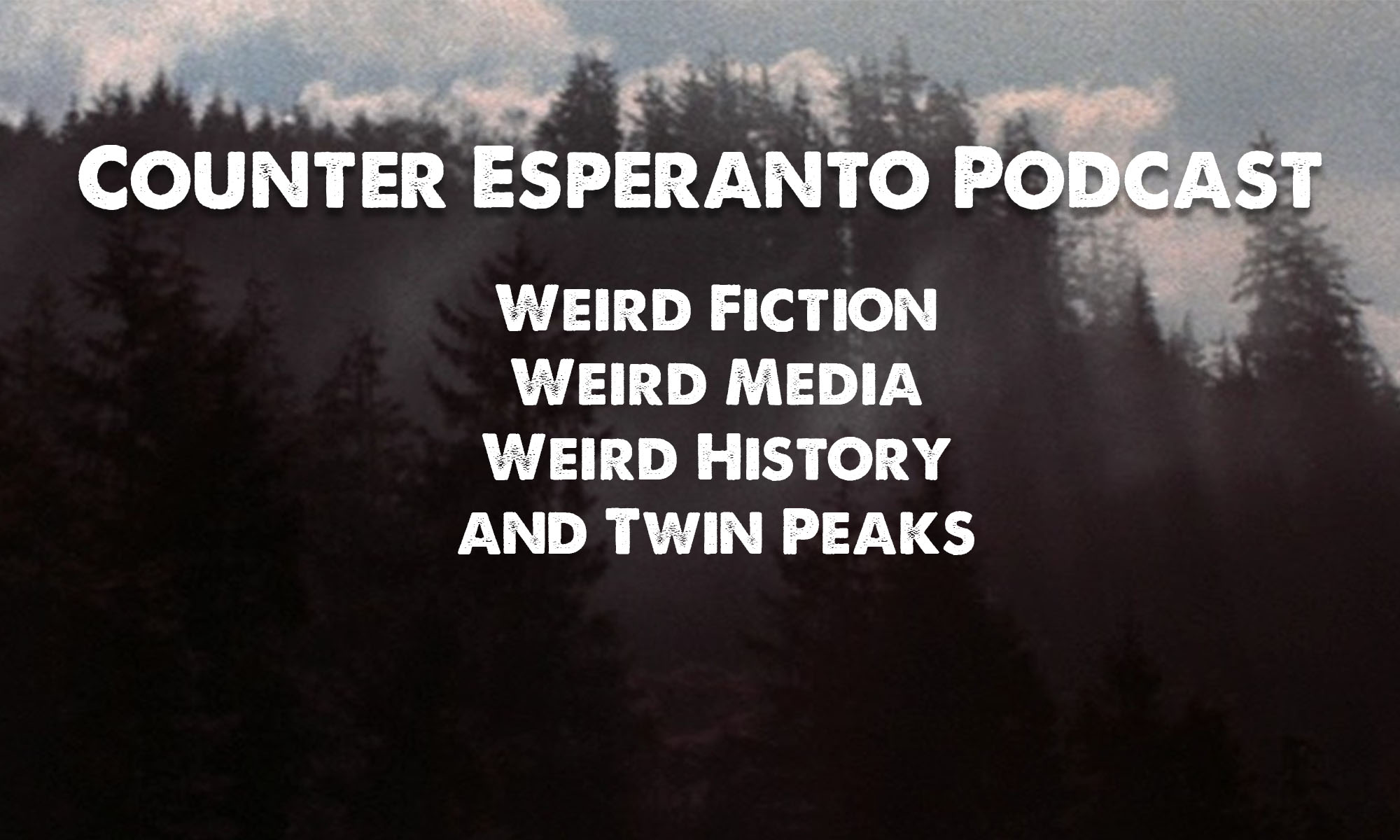….But Counter-Esperanto will return:
Greetings Listeners, Jubel Brosseau here.
We are doing something a little different with this episode. Late June saw the release of the long-awaited sequel to The Last of Us, a fan-favorite and critically heralded game exclusive to the Sony Playstation platform. The Last of Us Part 2 had a lot to live up to, and I was absolutely floored by the game. The original was a beautiful, heart-rending game, but this release is absolutely a watershed moment when it comes to elevating video and computer games to the level of high art and literature.
I knew I needed to talk this over with someone, but our co-host Karl Eckler doesn’t play video games, so it was time to improvise. I decided to invite Twin Peaks Unwrapped and Geekonomics Podcast co-host Bryon Kozaczka and Red Room Podcast, and In Our House Now Podcast co-host Josh Minton, who are avid gamers, to do a big crossover episode which will be available on our respective feeds.
I hope you enjoy it, and Karl and I will be back with our regularly (not so scheduled) programming soon.
Podcast: Play in new window | Download
Subscribe:
